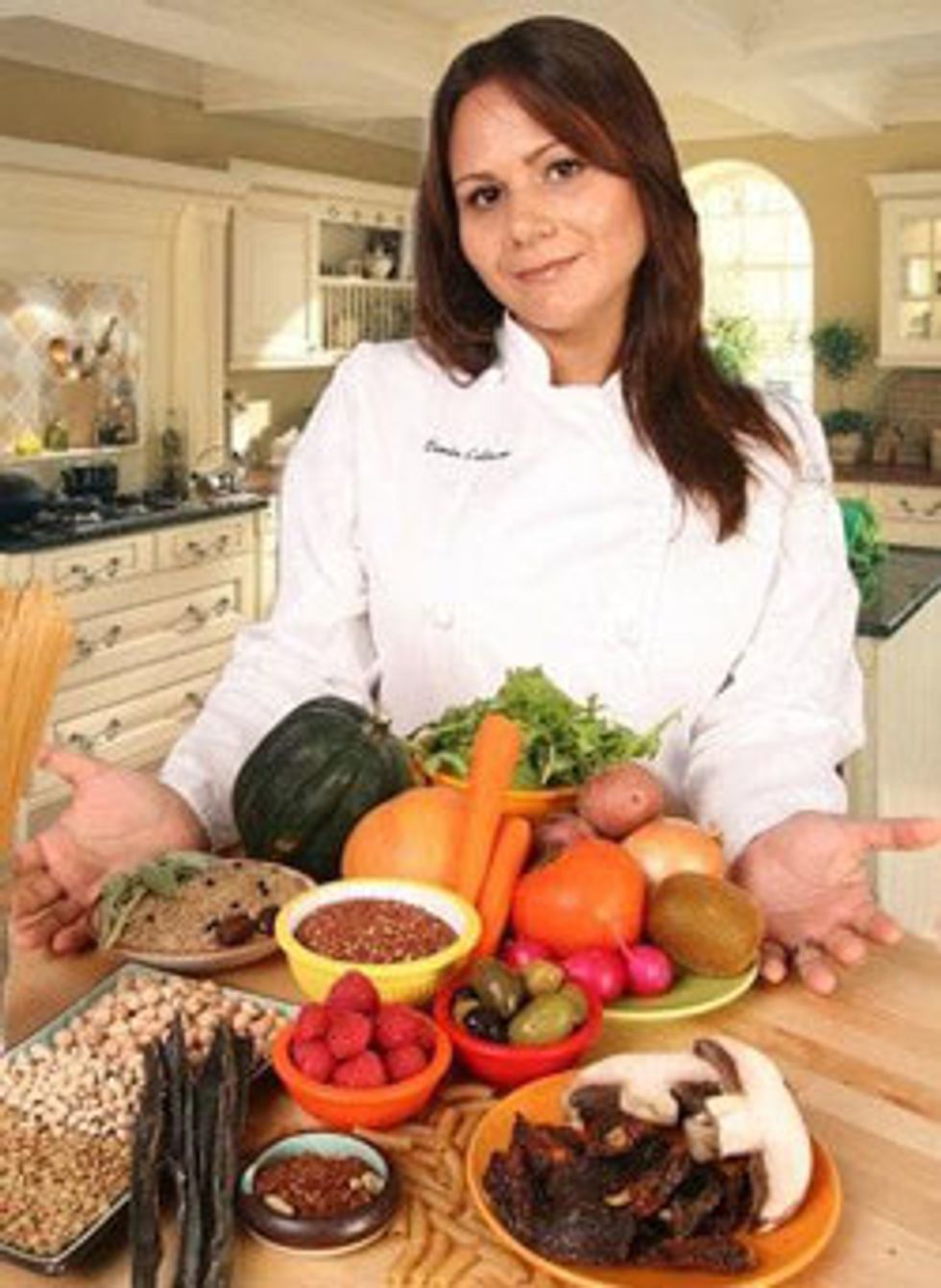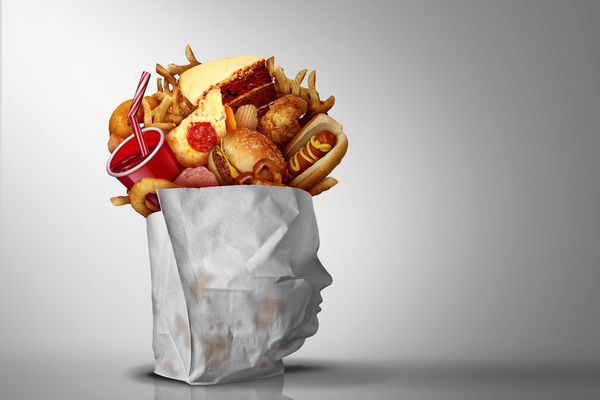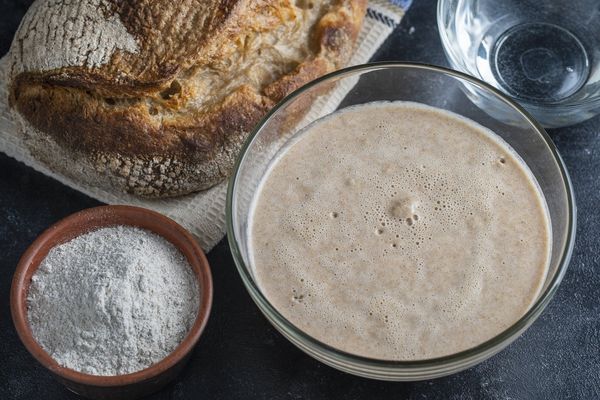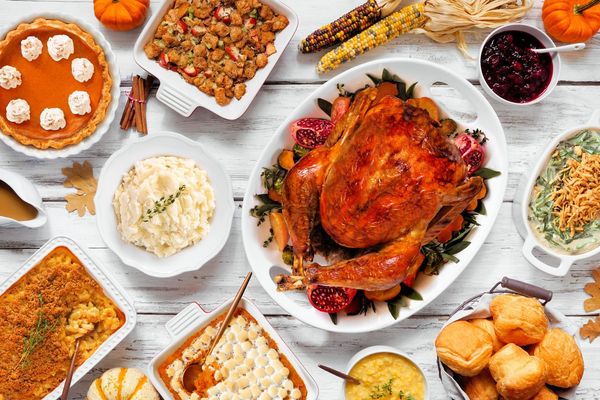During a steamy summer, many of us, understandably, avoid the heat of the kitchen. For older adults, the heat is especially problematic because it can leave them lethargic and with little appetite. Without proper nourishment, they don't get the nutrition they need to stay healthy and active. Dehydration can also result, an especially common and dangerous condition for older adults, and one that often results in emergency room visits.

Her tips for creating appetizing and easy summer fare will keep even the most kitchen-averse seniors sated.
Chef Collazo's Tips:
Hydration concentration. Over the age of 50, our bodies are not as adept at letting us know when we're thirsty, so it's important to consume foods high in liquid content. A smoothie made in the blender is a quick, cool and refreshing way to hydrate. Try one with watermelon, cucumber, mint, watercress and ice for maximum hydration.
Don't trash that banana. When your bananas start to feel a tad mushy, don't throw them out. Make ice cream instead! Peel the bananas, cut into pieces, put them in a baggie and stash in the freezer. When they're good and cold, toss the pieces in a food processor or high-powered blender with a bit of vanilla, almond butter and 2 or 3 strawberries. Voila, you've got a healthy, fruity, cold concoction.
Kale ice pops. After a trip to the farmers market or grocery, you're often left with far more kale or Swiss chard than you can possibly eat in one or two sittings. To preserve the veggies and have them for days or weeks to come, puree them with a bit of water and pour into ice pop molds or ice trays. Freeze. When you heat up tomato sauce or rice, just pull out a kale pop or cube, sauté, then add it in.
Replace salt with celery. Instead of adding salt in your meals, try adding pureed celery to up the flavor. It will boost the taste, much the way salt does, but in a much healthier way. It's also a water-based vegetable so the extra hydration is a plus. Give your kidneys a break and add as many herbs as you can to your meals, in lieu of salt.
Eating in the raw. Talk about easy. There are many vegetables that can be eaten raw. Zucchini, for example, can be cut into spaghetti like strands and added to cherry tomatoes, basil and olive oil for a simple and delicious, raw meal. Cucumber and radishes are also versatile veggies that are fine uncooked. However, nix to raw cauliflower and broccoli because they won't break down properly in older bodies.
Forget calories, consider color. A myriad of nutrients and antioxidants are in the foods with the brightest colors so it makes perfect sense to create meals with a rainbow of edible hues, like blueberries and artichokes. The brain is stimulated and appetite is increased by these foods of many colors that are important to fight disease and boost the immune system.
For more healthy eating tips for seniors, please visit the National Council on Aging.
This blog originally appeared on Nurse Barb's Daily Dose. Barb Dehn is a women's health nurse practitioner, award-winning author and nationally recognized health expert. She practices with Women Physicians in the Silicon Valley of California.







